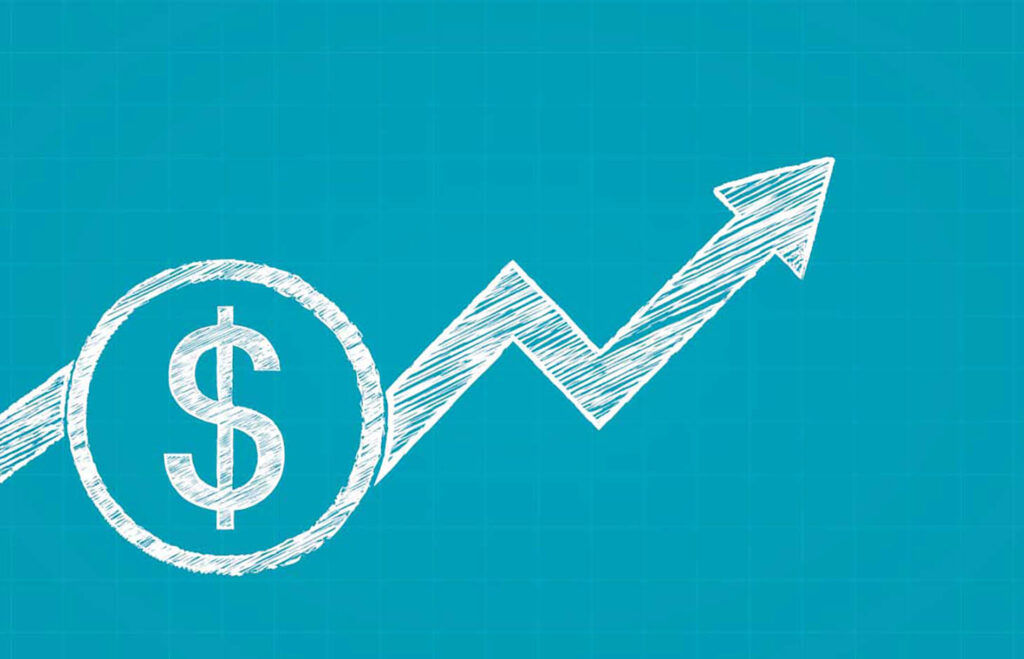One of the most important decisions a subscription-based business will make is the initial pricing of its product or service. It’s a balancing act between finding an attractive price for consumers and ensuring financial viability.
Once a business has graduated from the initial startup phase, there are other considerations. In order to grow and remain competitive, changes are often necessary.
Businesses enhance their offerings and streamline their operations to draw in more customers and serve a wider audience. Eventually, as their product or services are improved and their operations grow, it’s often time to consider raising prices.
However, a price increase can be one of the biggest challenges a subscription-based business faces.
In an environment where retention is key to success, most proceed with caution before making any big changes that could alienate customers.
When it comes to customer satisfaction, no matter how good a product or service is, cost can be a game-changer.
For evidence of the potential dangers of increasing prices, look to video streaming service Netflix. At the beginning of 2019, Netflix announced it would increase subscription prices by 13-18%. It was the largest increase the company had ever enacted since it began streaming, amounting to an extra $1-2 per month.
Following the announcement, Netflix’s share prices rose by 6%, while some predicting the change could cause it to lose customers. Then, a report released by media software service Mindnet Analytics predicted as many as 23% of Netflix customers could cancel their subscription as a result of the announced changes.
Ultimately, the announcement did cause the business to lose a reported 123,000 U.S. subscribers, which affected its growth projections. This illustrates the importance of carefully considering and executing a price change.
Of course, in Netflix’s case, that loss turned out to be pretty inconsequential. The company has adjusted its pricing structure numerous times since then and has continued to see impressive annual net income growth—especially in 2020 with the onset of the global Coronavirus pandemic.
Considering raising your prices? Here are nine tips on how to do so without losing customers.
1. Do your pricing strategy homework
If this isn’t your first price increase, you likely have a wealth of information from previous rollouts to use to your advantage. Look at how previous price changes were carried out and ask yourself:
- How were they received by customers?
- How did they impact your business’s bottom line?
- How did the changes impact your business over time? While many might see an initial drop in subscribers after an increase, look at subscriber rates long term.
2. Crunch the numbers
It’s important to evaluate how raising prices will fully impact your business before moving forward. At first glance, a price hike might seem like a great way to increase profits, but there are additional factors to consider. A price increase is only valuable if the dollars it brings in outweigh the dollars lost from subscribers that churned out.
In 2017, The Economist shared insights on how to effectively increase prices. According to the company’s chief marketing officer, increasing prices by more than 20% leads to a decline in volume that negates any increase in revenue.
3. Timing is important
It’s best to change prices infrequently. Since any price increase will lead to a decrease in subscribers, you should spread these changes out. Enacting price increases on varying schedules also gives them time to have the most impact.
In the first year after an increase, your subscriptions might decline. Over time, however, you should start to see profits. Eventually, subscribers will return and new subscribers will join as your price begins to compete with the rest of the market.
4. Rollout in stages
One way to reduce backlash from a price change is to rollout the increase in stages. Sticker shock is real and an increase is more palatable to customers when it’s implemented in phases instead of all at once. Announcing an increase and then explaining that the price won’t change in one fell swoop is a good way to soften the blow.
This is a common practice by water and energy providers. Consumers often bristle at increases to their monthly bills. To minimize backlash, utility providers often implement rate increases in stages over time.
5. Communicate your plans
When making any change to your company, it’s usually a good idea to keep customers in the loop—especially if it involves a price increase.
Going back to the Netflix example, following their announcement in January, customers began receiving emails about how much their price would rise and in which billing cycle it would begin. The email spent little time on the actual price increase, and more time telling customers about the great content and features Netflix has to offer. Always focus on the positive.
6. Make improvements
Before you increase prices, it’s important to make sure your product or service has more to offer customers than when they first signed up. If your offerings haven’t improved, customers will not likely want to pay more.
Advertise any upgrades or added features available to customers so they can take advantage of them and feel like they are getting the most out of their money.
7. Reward loyal customers
Those who want to raise prices, but are afraid of the impact on longtime customers should consider some kind of loyalty program. One way to reward customers is to lock in the subscription price they are currently paying by grandfathering them in when you increase prices for new customers. When Amazon raised the price of its Prime membership by 20% in 2018, they gave current members the opportunity to renew at a lower price.
Another way to reward loyalty is to lessen the sting of a price hike by offering longtime customers exclusive perks or enhancements. Cable and internet providers often raise their prices, and a customer’s bill often gets higher the longer they are subscribed. In order to reduce churn, these companies sometimes offer customers free upgrades. For instance, Verizon Fios has a history of increasing their customers’ internet speeds for free.
8. Diversify your offerings
Ultimately, an increased price will be a deal-breaker for a certain segment of your customer base. Add different options or packages for those who refuse to pay more. Give these customers an option at a reduced value and lower price in order to retain them.
Additional options at lower price points will also be attractive to new customers who might be scared off after hearing about your price increase in the media.
9. Prepare for the worst, hope for the best
It’s important to accept that most price increases lead to a drop in subscription rates. Earlier we mentioned that The Economist shared their best practices for raising subscription prices. Even with their industry knowledge, their CMO suggests that no matter what, raising prices always leads to a decrease in subscribers, regardless of whether that price increase is 5% or 20%.
However, an increase might not have as devastating an impact in the early stages as you might anticipate. Consumer Intelligence Research Partners conducted an analysis of Amazon Prime subscriptions. According to their report, the decision to increase prices didn’t negatively impact overall subscription numbers. The company had 100 million U.S. subscribers in December 2018, an increase from a little over 90 million in December 2017.
Every time a business raises its prices, it’s a learning experience.
Once you’ve taken the steps to ensure an effective rollout, make sure to monitor the impact of your pricing increase. An agile subscription management and recurring billing solution can provide you with insights on sales and subscriber data.
Such a platform empowers you to analyze the sales cohorts around your new pricing rollouts and plans. Data-driven insights allow you to discover and confirm whether the price increase was a success and illustrate what should be done differently in the future.
FAQs about Raising Prices in Subscription-Based Business
Q: What is the potential risk of raising prices in a subscription-based business?
A price hike can lead to customer churn, mainly if it is not managed properly. Evidence shows how well-known companies like Netflix experienced a decline in subscribers after they increased their subscription prices.
Q: Why is it necessary for subscription-based businesses to consider raising their prices?
Over time, as a company enhances its product or service offerings and grows its operations, it may become necessary to raise prices to ensure financial sustainability and competitiveness.
Q: How can a business assess the impact of previous price increases?
Businesses can evaluate the impact of previous price changes by examining how customers received them, how they affected the business’s bottom line, and how they impacted the business over time.
Q: What is a standard method used by companies to reduce adverse reactions to price increases?
To minimize backlash, companies often implement price increases in stages. Announcing the increase and then gradually implementing it can help soften the blow and make the change more palatable to customers.
Q: How should a company communicate a price increase to its customers?
Transparency and focusing on the positives are critical when communicating a price increase to customers. The company should explain what enhancements or added features customers will get as a result of the price increase.
Q: What strategies can be used to mitigate the impact of a price increase on long-term customers?
Offering a loyalty program or rewarding long-term customers with exclusive perks can help to soften the blow of a price increase. Some companies also offer the option of grandfathering existing customers at their current subscription price.
Q: How can a business cater to customers unwilling to pay a higher price?
An effective strategy is to offer different subscription options or packages. This caters to customers who are unwilling to pay more and might also be attractive to potential new customers who may be deterred by a price increase.
Q: What tools can a business use to track the impact of a pricing increase?
Subscription management and recurring billing solutions can provide valuable insights into sales and subscriber data. This allows businesses to monitor the impact of their price increase, determine its success, and plan future pricing strategies.
Q: Can a price increase result in increased profits over time?
Yes, while a price increase may initially lead to a drop in subscribers, profits can start to rise over time as the new price begins to compete with the rest of the market, attracting new subscribers and re-engaging lapsed ones.








